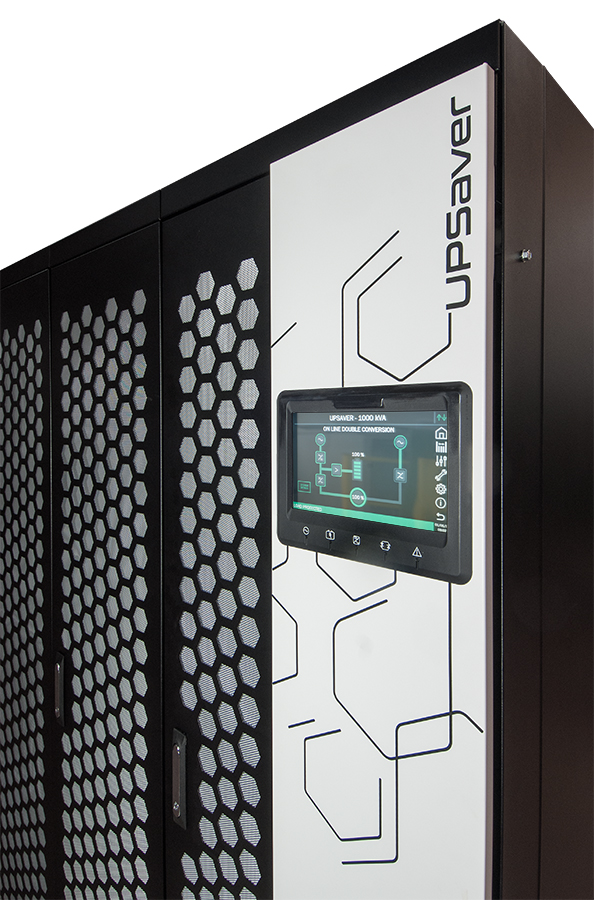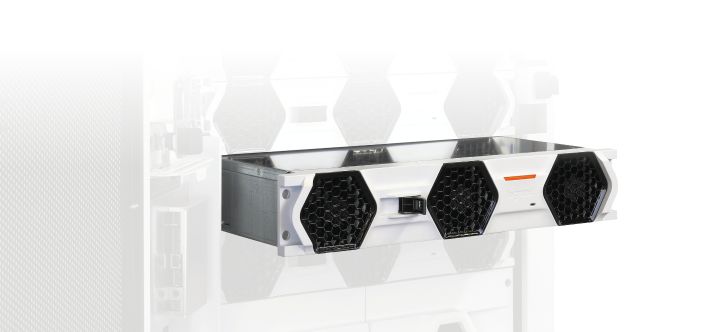Unlocking the Power: Understanding UPS Design Configurations
In the heart of every modern infrastructure lies an unsung guardian: the Uninterruptible Power Supply (UPS). These systems stand ready to defend against the chaos of power outages, ensuring the continuity of critical operations. Yet, their effectiveness hinges largely on their specific configuration. To achieve the highest levels of reliability, the single points of failure need to be reduced preferably to zero.

But how do you decide which UPS configuration is suitable for your applications?
Understanding the Terminology
Understanding the language of UPS design is essential amidst the terminology and technicalities. From 'N' representing power capacity (the amount of output power needed to support a critical load) to the nuances of load variations and capacity definitions, understanding what is meant by each is key to informed decision-making.
Each UPS configuration presents a unique blend of advantages and limitations. From cost considerations to fault tolerance, weighing these factors is crucial in selecting the optimal configuration for your needs.
The Five Principal UPS Configurations
UPS designers have continuously innovated to maximize power capacity within finite spaces. The result? A spectrum of configurations is available to meet diverse needs, from small-scale setups to sprawling data centers. Among these configurations lie five principal arrangements:
Capacity (N)
Also known as ‘power parallel’, this configuration consists of either a single standalone UPS module or a parallel set of modules, each with a matched capacity to support the projected critical load.
Represents the minimum power requirement to support critical loads, providing a solid foundation for UPS installations.
Often utilized in small offices or computer banks, these configurations prioritize simplicity over redundancy.
Limitations:
Multiple single points of failure.
Lack of system redundancy means the load is unprotected in the event of a UPS failure.
Isolated Redundant
Also known as 'N+1', in this configuration, a ‘master’ or 'primary' UPS system carries 100% of the critical load, while the 'slave' or ‘isolation’ system provides redundancy and remains completely unloaded.
The redundant system will only accept the full load if the primary UPS system fails. Though more reliable than 'N' configurations, they require careful management of component life imbalances.
Advantages:
Allows mixing of different UPS manufacturers and models.
Enables adding UPS units to an 'N' design for redundancy.
More cost-effective than a parallel redundant configuration.
Offers better reliability compared to a standalone 'N' configuration.
Limitations:
The primary unit has a shorter MTBF compared to the isolated unit.
If the primary UPS fails, the isolation UPS, previously idle, takes on the entire load, risking malfunction and power loss.
Requires complex and costly switchgear for supporting multiple primary UPS with isolation units.
Results in higher losses, lower efficiency, and poorer output regulation.
A single load bus per system introduces a single point of failure.
Increased operating costs due to the secondary UPS running at 0% load.
Parallel Redundant (N+1)
This configuration consists of evenly sharing the load between two UPS systems, mitigating the risks associated with single points of failure.
During maintenance or a UPS failure, one system can be taken offline, and the remaining system immediately supports the entire load, temporarily handling 100% of it.
Offering enhanced fault-clearing capabilities and ease of maintenance, these setups strike a balance between cost and resilience.
Advantages:
In a UPS failure, the remaining units automatically handle the entire load, allowing the damaged unit to be isolated and repaired.
Paralleling inverters enhances fault-clearing capability.
Limitations:
UPS systems must be identical in model, capacity, and manufacturer.
Higher initial cost compared to an isolated redundant system.
If the critical load exceeds the capacity of the remaining UPS units, the load may be at risk during maintenance.
Distributed Redundant (N+N)
Also known as an ‘A+B’, this configuration features separate UPS units supporting independent distribution systems, each capable of carrying the entire critical load.
Due to its scalability, it is suitable for large data centers.
Despite complexities, these setups offer unparalleled fault tolerance, making them ideal for mission-critical operations.
Advantages:
Requires fewer UPS units than a 'System Plus System' (2N) configuration, making it more cost-effective.
Allows maintenance on the UPS and related equipment while maintaining redundancy, without requiring load transfer to bypass mode. Enables concurrent maintenance of all components.
Limitations:
Complex configuration in large data centers makes it challenging to keep all systems evenly loaded.
Relies on the correct operation of Static Transfer Switch (STS) equipment, which can be a point of failure if not properly managed. UPS units run at less than full load during normal operation, reducing efficiency.
System Plus System (2N or 2N+1)
The pinnacle of UPS resilience, with this configuration there is two times the capacity required for operation, offering maximum availability with independent power paths.
Though the most expensive option, they promise unparalleled reliability, making them indispensable for large-scale deployments.
Advantages:
Eliminates single points of failure with two separate power paths.
Some designs maintain redundancy.
Allows maintenance without load bypass mode.
Easier to balance loads compared to distributed redundant configurations.
Limitations:
Most expensive configuration due to numerous redundant units.
Choosing the Right UPS Configuration
In the ever-changing landscape of critical infrastructure, being forearmed with the knowledge to select the right UPS design configuration for your data center will ensure uninterrupted operations in the event of a power failure.

Explore Legrand's UPS Offerings
Legrand's UPS (Uninterruptible Power Supply) systems are designed to ensure continuous power for data centers. They offer modular and scalable options, along with conventional UPS units, to suit various needs. These solutions provide critical backup during power outages, protecting data integrity and preventing downtime.
























 Canada
Canada
 Latin America (English)
Latin America (English)
 Latin America (Espanol)
Latin America (Espanol)
 USA
USA
 China
China
 India
India
 Japan
Japan
 Republic of Korea
Republic of Korea
 South East Asia (English)
South East Asia (English)
 Austria
Austria
 Belgium
Belgium
 France
France
 Germany
Germany
 Italy
Italy
 Netherlands
Netherlands
 Spain
Spain
 Switzerland
Switzerland
 Turkey
Turkey
 UK
UK
 Africa (english)
Africa (english)
 Africa (français)
Africa (français)
 Middle East (english)
Middle East (english)
 Australia
Australia
 New Zealand
New Zealand